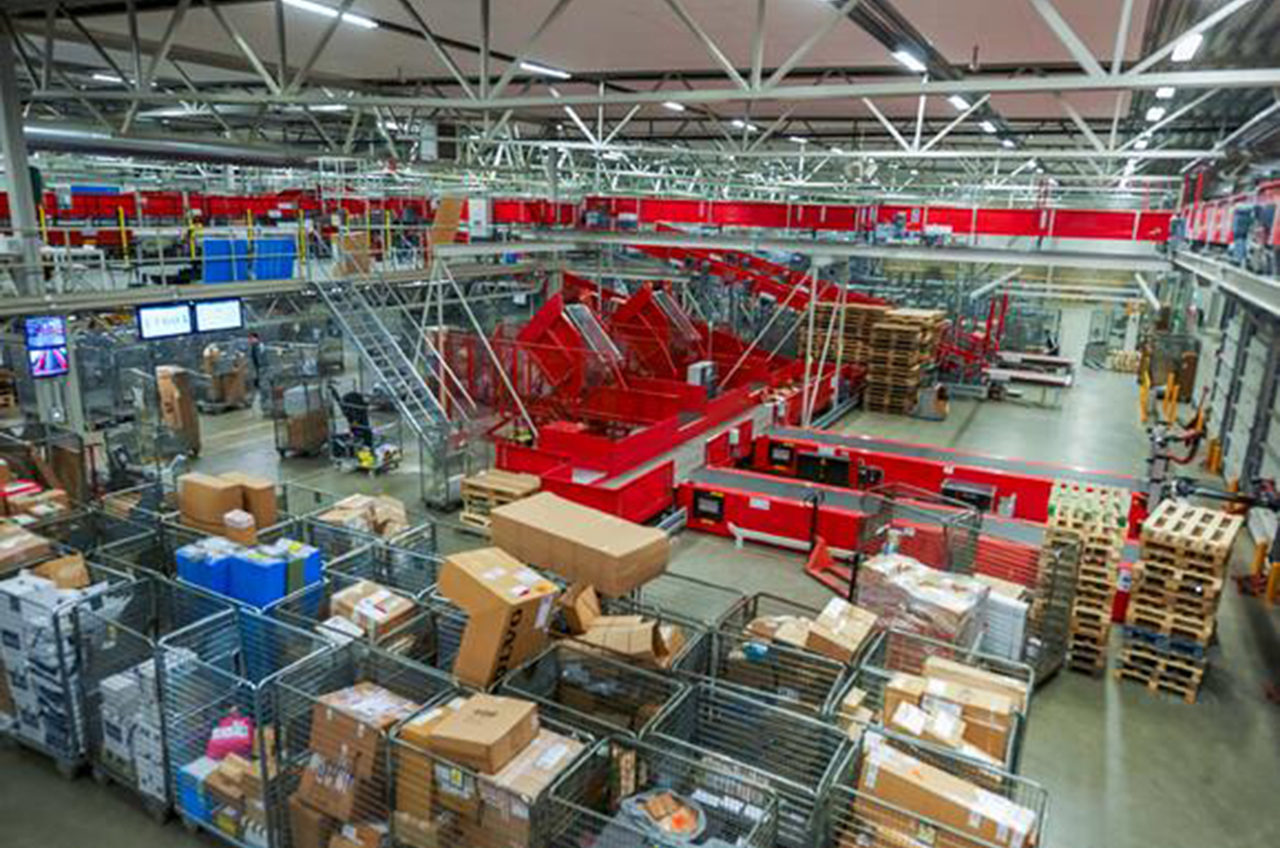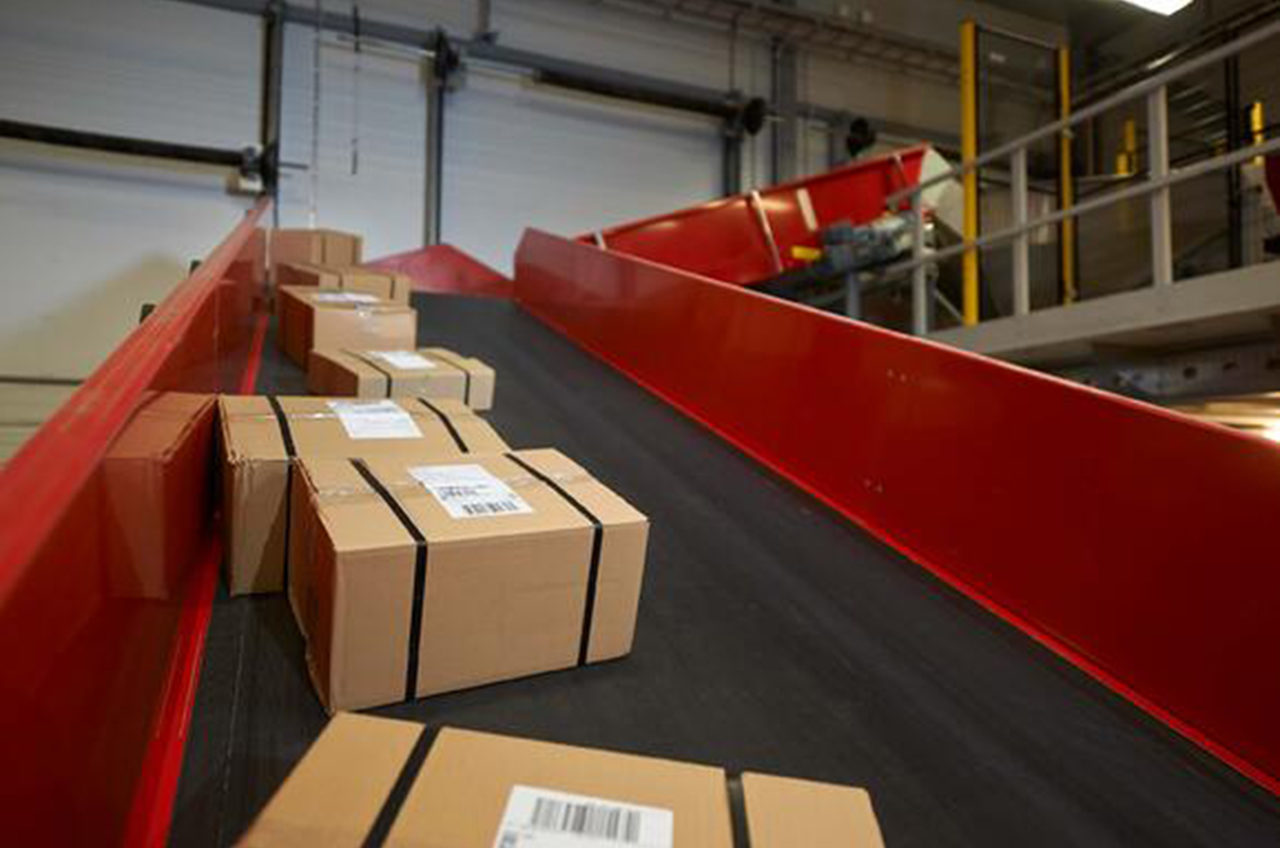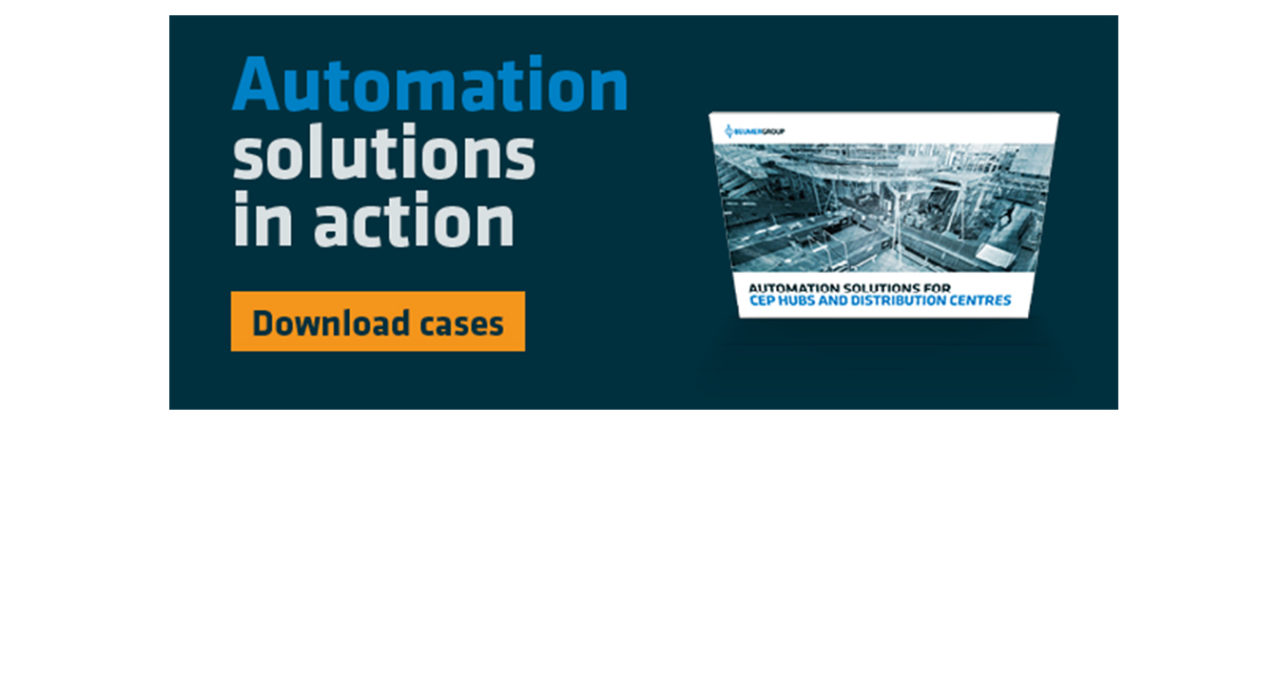correct Packaging of odd-shaped items is key
Getting rid of all non-conveyables is probably not a realistic goal. What distribution centres look at is this: will it be possible to reduce the amount of odd-sized parcels, while also maintaining a sound business case?
One of the important focus areas is packaging of the odd-shaped items.
Some companies experiment with requesting that difficult items are generally wrapped in a conveyable packaging – or consider charging customers a higher price to perform “non-machinable” services. Both possibilities come with an added cost for the sender, which might be a competitive risk. Of course, this risk and reward scenario is something that companies in the CEP industry factor into their considerations.
Read more: “Automated parcel sorting – an introductory guide.”
The bottom-line benefits of an intentional strategy to minimise the number of non-conveyables: fewer non-conveyables equals fewer machine operators going forward. It is perhaps a good trade even if a few customers try to find another operator.
Focus on the business case
At this point, there isn’t a perfect solution that makes non-conveyables go away completely. The best way to deal with the problem is to conduct a thorough analysis of your business, and then go with the solution that makes the most sense.
Perhaps you will find that it makes sense to adopt a system that can handle a wider profile of items – and possibly combined with a dedicated solution for non-conveyables handling and conveyable aids to achieve a higher degree of utilisation of standard system solutions. Such a case might open up for new business possibilities. You might be able to acquire new customers with a different parcel mix than your present customers.
If your company is in a situation where the amount of non-conveyables increases drastically, the best way to go about it is to make a business case, based on the assessment of current and projected manpower in the future, the number of forklifts in the operation, free floor space and so forth. This assessment would give a fairly good overview of the situation, including the most desirable way for your company to handle odd-sized parcels.

















